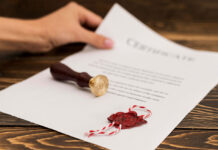Accidents may happen everywhere, and slip and fall events are no exception. These events, which are frequently caused by dangerous circumstances, can result in significant injuries and even legal challenges. Understanding this type of responsibility and the legal proceedings that follow is critical for both persons who have experienced such occurrences and property owners attempting to prevent them.
This article provides 10 critical suggestions to help you understand the complexities of slip and fall responsibility and the ensuing legal processes, but if you are still not educated enough or convinced then make sure you check out calillaw.com, you will find all you need right there. Now without any further ado lets dive straight into the meat and potatoes of this article.
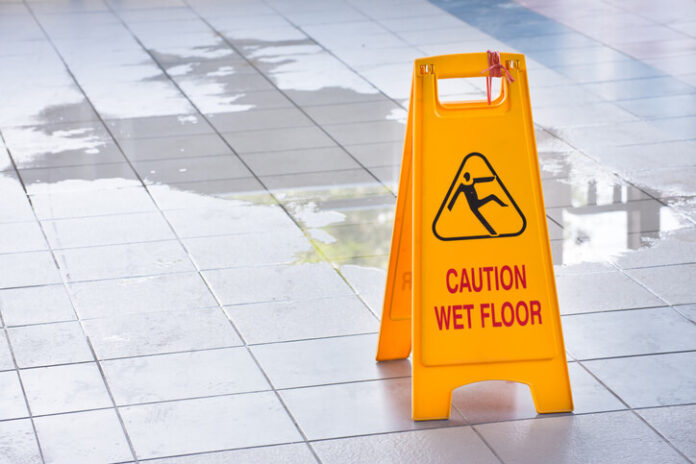
1. Recognize Premises Liability
The legal responsibility that property owners and occupiers have for accidents that happen on their property as a result of dangerous conditions is known as premises liability. This category include slip-and-fall accidents, for which property owners may be held liable if safe conditions were not kept.
Property owners have to keep visitors reasonably safe on their property. Regular upkeep, prompt problem-solving, and clear warnings of potential dangers are all required for this. The owner of the property may be held accountable for damages if they breach this duty and someone is harmed as a result.
2. Duty of Care
Regardless of whether visitors are invited, licenced, or trespassers, property owners have a duty of care to everyone who enters their grounds. Invitees, like clients, receive the best care, whereas licensees, like social guests, are subject to a lower standard of care. Trespassers often have little obligations, but property owners should nevertheless prevent intentional harm.
Both property owners and anyone hurt in slip and fall incidents must understand their duty of care. It is easier to prove carelessness and hold the property owner accountable for the damage they caused if they breached their duty of care.
3. Proving Negligence
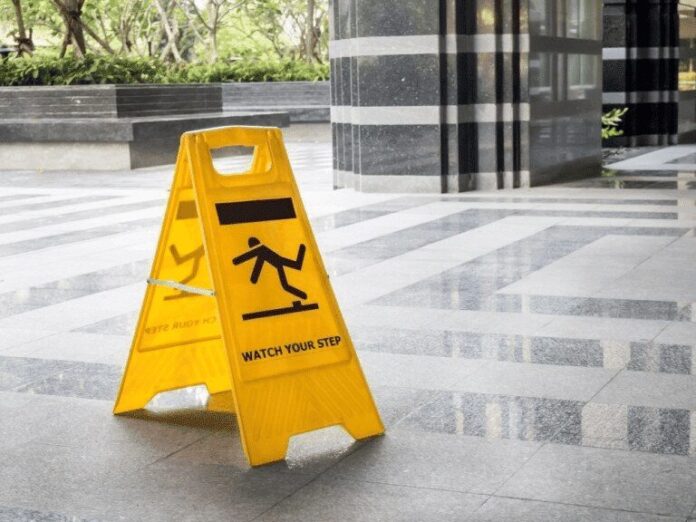
A slip-and-fall lawsuit can only be successful if the victim can show that the property owner’s negligence led to the hazardous situation that resulted in the accident. Negligence is defined as a failure to exercise reasonable care that leads to an avoidable injury.
In order to show carelessness, the party that is wronged must demonstrate four key elements: duty, breach, causation, and damages. Duty is the process of demonstrating that the owner of the property has a legal obligation to maintain a secure environment. The property owner broke this commitment by refusing to address a known hazard. Causation links the duty breach to the risky circumstance that led to the accident. Damages, last but not least, are the losses and harms resulting from the event.
4. Establishing Dangerous Conditions
It must be established that a dangerous situation occurred and that it constituted an unreasonable risk to hold a property owner accountable. Wet flooring, uneven surfaces, poor lighting, and impeded paths are a few examples.
Getting proof of the dangerous state is essential for a winning lawsuit. Establishing the presence of the dangerous situation and the property owner’s carelessness in correcting it can be made easier with the use of photographs, witness testimony, and maintenance records.
5. Notice and Reasonable Time
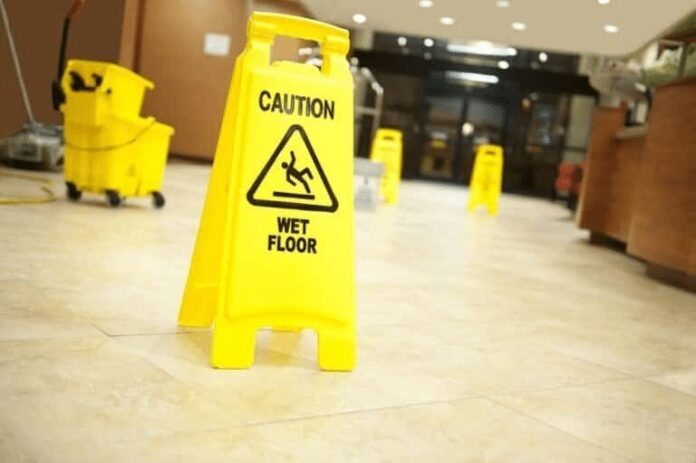
Property owners require enough time to recognise and take care of dangerous situations. Liability may be reduced if they are not aware of the situation or haven’t had enough time to rectify it.
It is crucial to show that the property owner was aware of the dangerous state or should have had reasonable knowledge of it. This can be accomplished by citing a pattern of related occurrences, poor maintenance procedures, or a slow response time to notifications of dangers.
6. Documenting Evidence
Gather proof, such as pictures of the accident site, the dangerous situation, and any injuries received, to back up your slip and fall claim. Your argument can be greatly strengthened by this supporting evidence.
The specific situation that caused the slip and fall should be documented in detail, including any aggravating elements such as spilt beverages, cracked tiles or inadequate signs. To capture the entire scene, if at all feasible, snap images from a variety of perspectives and distances.
7. Medical Attention and Records

It’s important to get medical help right away after the accident for both your health and your legal case. The level of damages can be determined with the use of comprehensive medical documents that connect your injuries to the occurrence.
It’s important to see a doctor, even if your wounds first look small. Some injuries might not show symptoms right away and can get worse with time. Additionally, keeping thorough medical records will give you important proof of the severity of your injuries and how they have affected your life.
8. Consultation with Legal Professionals
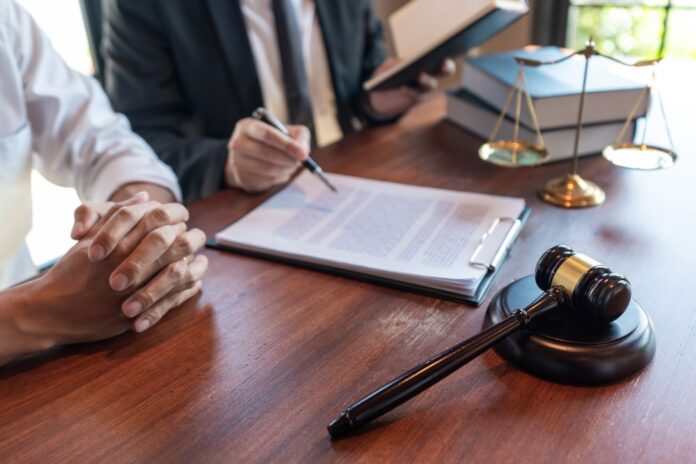
Involving legal subtleties and standards, navigating slip and fall situations may be challenging. Your understanding of your rights and the required legal actions can be ensured by speaking with an expert personal injury attorney.
Experienced lawyers may offer insightful analysis of your case’s advantages and disadvantages. They can also help you through talks with insurance providers and, if required, advocate your rights in court. Your chances of getting adequate compensation might be greatly increased by their experience.
9. Statute of Limitations
Keep in mind your jurisdiction’s statute of limitations. Following the slip and fall event, you have this amount of time to submit your case. Your legal entitlement to compensation might be lost if you don’t file within this window of time.
The statute of limitations differs depending on the state and the nature of the lawsuit. Researching and comprehending the precise timeframes that apply to your case is essential. It’s crucial to file your case within the allotted time frame if you want to maintain your legal claim.
10. Settlement vs. Litigation
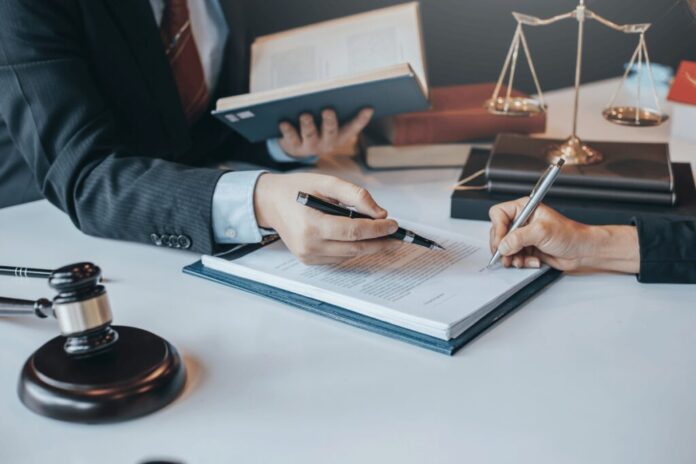
Through talks with the property owner’s insurance provider, many slip and fall cases are resolved outside of court. A formal lawsuit, court processes, and maybe a trial may be required if an agreement cannot be reached.
The goal of settlement discussions is frequently to avoid a trial by coming to a mutually accepted agreement. For both parties concerned, this may reduce stress, save money, and save time. However, pursuing legal action may be your only option if a fair settlement cannot be reached to get the compensation you are due.
Understanding slip and fall liability and the legal actions that follow is crucial for both victims and property owners. By recognizing premises liability, duty of care, negligence, and the importance of evidence, individuals can make informed decisions about pursuing legal action. Seeking medical attention, consulting legal professionals, and being aware of time limitations are vital steps to ensure a fair resolution. Whether through settlement or litigation, the goal is to ensure justice and appropriate compensation for the injuries and losses suffered as a result of slip and fall incidents. By following these ten essential tips, you can navigate the complexities of slip-and-fall cases with confidence and clarity.



